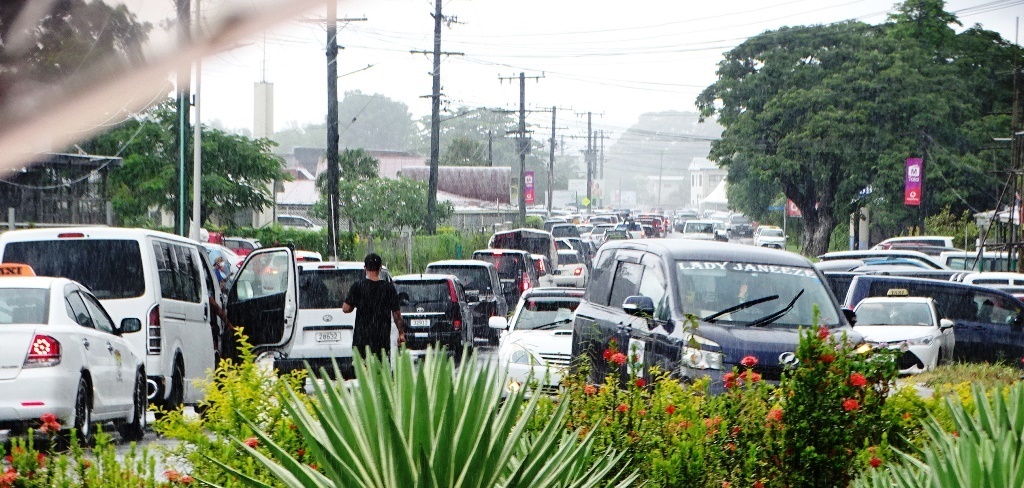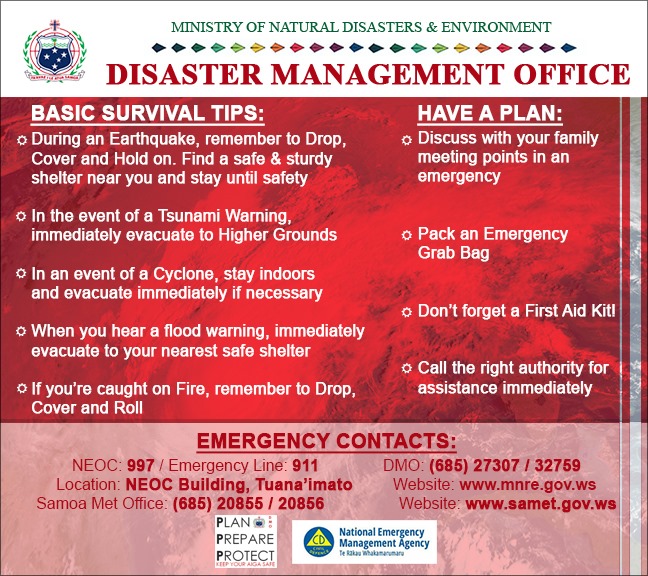Development
New project to drive Green Transformation of Samoa’s Transport Sector

Apia, Samoa – 27 February 2023: A new multi-million Tala project will help Samoa accelerate climate change mitigation efforts through the low-carbon transition of its land and maritime transport sectors away from the country’s heavy reliance on fossil fuels.
The project is called “Climate Action Pathways for Island Transport (CAP-IT): Accelerating the Decarbonization of Samoa’s Land and Maritime Transport Sectors” and will begin in April this year. This followed the official signing of the project document by the Government of Japan, the United Nations Development Programme (UNDP), and the Deputy Permanent Representative of Samoa in New York last week.
The CAP-IT project is a component of the Japan-funded regional project, “Promoting Green Transformation in the Pacific Region towards Net-zero and Climate-Resilient Development” also supporting Papua New Guinea, Timor-Leste and Vanuatu in achieving their green transformation ambitions for a more inclusive, climate-resilient future.
The US$36.8 million regional project, with a country allocation of US$15.5 million for Samoa, is scheduled for completion in March 2025.
“On behalf of the Government of Japan, it is a great honor to support this initiative tackling climate change issues across the Pacific region by funding CAP-IT in collaboration with the UNDP. While the four projects will be implemented simultaneously, the CAP-IT is the largest scale project and the Embassy of Japan in the Independent State of Samoa is proud of launching the project during the 50th anniversary of the establishment of diplomatic relations between Japan and Samoa by taking a leading role in the decarbonization of Samoa’s transport sector, counting on UNDP’s expertise,” said Keisuke Senta, Ambassador of Japan to Samoa.

UNDP Resident Representative, Jorn Sorensen speaking at the Local Project Appraisal Committee meeting for the new project earlier this week, while Japan’s Ambassdor, HE Keisuke Senta looks on.
“The continuation of UNDP’s long-standing collaboration with the Government of Japan, a trusted partner, will undoubtedly provide urgent and critical support to Samoa to tackle the climate crisis head on, leveraging green transformation pathways that prioritize leaving no one behind in the participation, access and safety of land and maritime transport for all,” said Jorn Sorensen, UNDP Resident Representative.
According to Samoa’s latest National Greenhouse Gas Inventory (2020), the road transport sector, largely dependent on fossil fuels, is the country’s largest emitter of carbon dioxide, accounting for 27.4% of greenhouse gas (GHG) emissions. “With vehicle ownership having increased by 69.5% since 2013, along with the subsequent increase of fossil fuel imports to meet the growing demands of this sector, green transformation of land transport is ever more urgent towards zero-emission economic development.”
Samoa’s ocean dependence and heavy reliance on the shipping industry as its national economic lifeline, similarly, deems necessary the decarbonization of the maritime transport sector with the need to explore cost-effective low-carbon technologies and operational improvements to fuel efficiency and emissions reductions that advance the achievement of Samoa’s enhanced Nationally Determined Contribution to the Paris Agreement on Climate Change.
The project aims to promote urgent and inclusive decarbonization by accelerating the uptake of electrical vehicles and exploration of low-carbon propulsion systems to transform Samoa’s land and maritime transport sectors respectively.
Planned interventions will adopt an integrated approach to create an enabling environment through strengthened and gender-sensitive institutional governance, financial, infrastructural, and technical capacity development.


















